The mosquito is an insect of the Diptera order. It can be found all over the world, with the exception of frigid arctic regions. There are an estimated 3,500 different species. The mosquito’s head contains antennae, large globular eyes, and a mouth apparatus consisting of a hard canal with six moving appendices, four of which have pointed, toothy surfaces that enable the mosquito to break through the skin of its prey. The other two permit the mosquito to suck blood or similar nourishment. The mosquito has a long, supple body, six legs and a pair of wings. It also has two “halteres,” small protuberances that stabilize its flight. Mosquitoes are present year-round in tropical climes. In more temperate zones, they emerge with warm weather. Mating occurs in flight. After insemination, the female seeks prey from which to suck blood. Blood contains the protein necessary to hatch her eggs.
Mosquitoes prey upon birds, reptiles, amphibians and mammals, including humans. Using receptors located on its antennae, the female detects prey by picking up on exhaled oxygen, body heat and perspiration. Since the mosquito cannot consume dried blood, it injects a liquid anticoagulant into its prey before feeding. This anticoagulant irritates human skin. Mosquitoes lay their eggs on the surface of stagnant water, protecting them with a viscous substance that forms a kind of floating screen. After just a few days, larvae hatch from the eggs. Larvae remain suspended upside down under water for two weeks. They become adult insects following an intermediate phase during which they stop feeding for three to four days. In temperate zones, the bite of a common mosquito is annoying at worst. The Anopheles mosquito, which can carries malaria, poses a greater risk, as does Aedes aegypti, which is capable of transmitting both Dengue Hemorrhagic Fever and Yellow Fever.
Mosquitoes prey upon birds, reptiles, amphibians and mammals, including humans. Using receptors located on its antennae, the female detects prey by picking up on exhaled oxygen, body heat and perspiration. Since the mosquito cannot consume dried blood, it injects a liquid anticoagulant into its prey before feeding. This anticoagulant irritates human skin. Mosquitoes lay their eggs on the surface of stagnant water, protecting them with a viscous substance that forms a kind of floating screen. After just a few days, larvae hatch from the eggs. Larvae remain suspended upside down under water for two weeks. They become adult insects following an intermediate phase during which they stop feeding for three to four days. In temperate zones, the bite of a common mosquito is annoying at worst. The Anopheles mosquito, which can carries malaria, poses a greater risk, as does Aedes aegypti, which is capable of transmitting both Dengue Hemorrhagic Fever and Yellow Fever.
RELATED
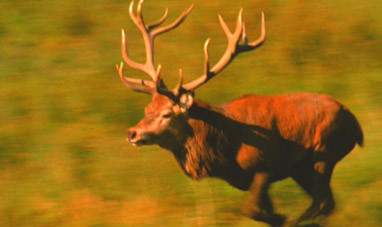

DEER
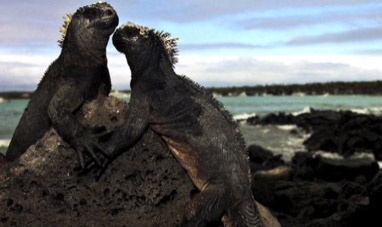

IGUANA


LOTUS PLANT


THE HANDS
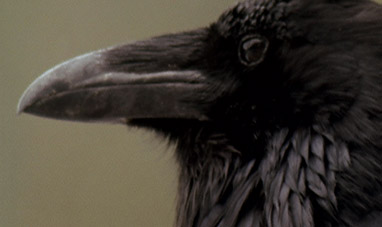

RAVEN


THE FEET


THE PRAYING MANTIS
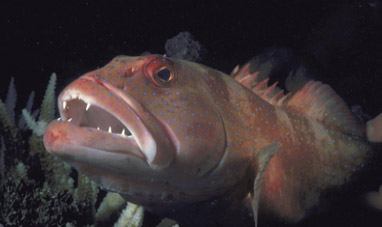

GROUPER


MERCURY


OIL


MARS


LADYBUG


EBAY
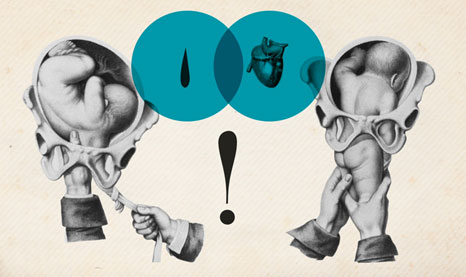

CHILDBIRTH
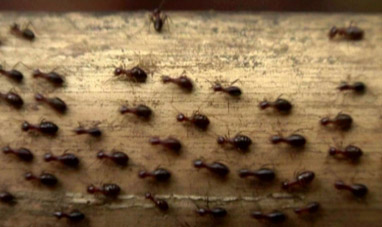

ANT
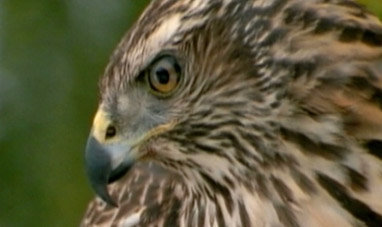

FALCON
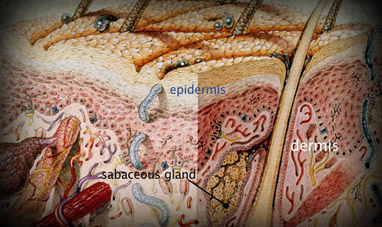

SKIN


FLAMINGO


COMETS


TARANTULA


DROMEDARY


THE SKELETON
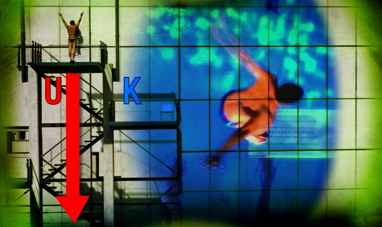

KINETIC, POTENTIAL AND MECHANIC ENERGIES


GARLIC
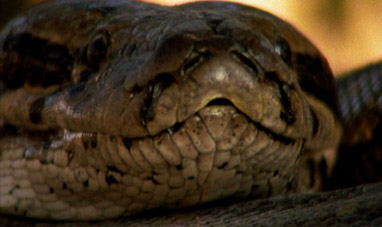

BOA


QUASARS
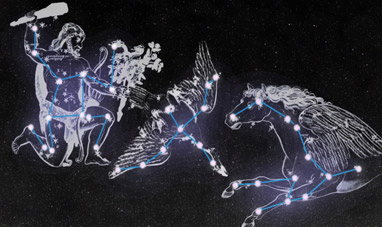

CONSTELLATIONS
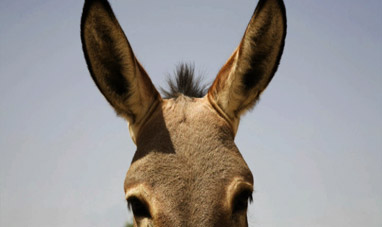

DONKEY
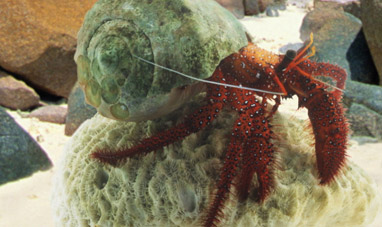

HERMIT CRAB
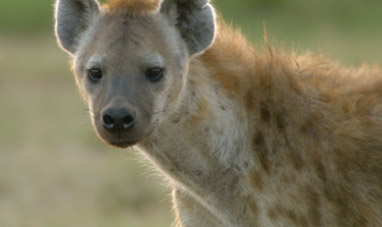

HYENA


GULL


SEAL
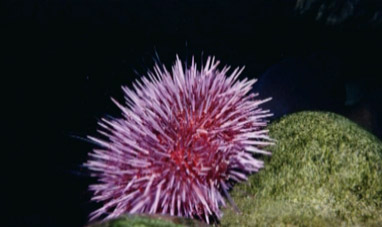

SEA URCHIN


BEAR


ARCHIMEDES' PRINCIPLE


CARS
